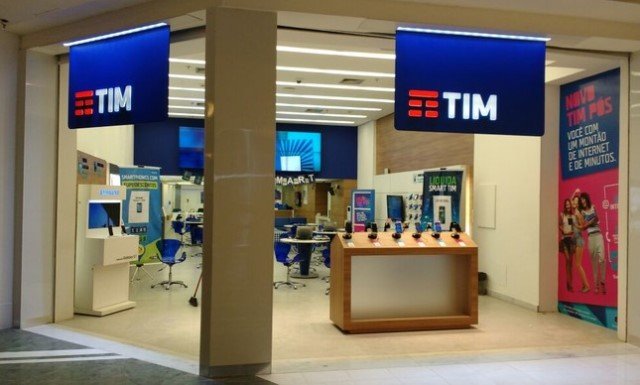TIM today said it has implemented quantum computing algorithms in planning its next generation mobile networks – becoming the first telecom operator in Europe.

TIM has optimized planning of radio cells, framing the problem within a QUBO (quadratic unconstrained binary optimisation) algorithmic model, carried out on D-Wave’s 2000Q quantum computer.
Telecom Italia (TIM) has earlier revealed that its capital expenditure (capex) reached €795 million during the third quarter of 2019.
The global Quantum Computing market is projected to reach $948.82 million by 2025 from $89.35 million in 2016, growing at a CAGR of 30.02 percent from 2017 to 2025, according to research reports.
TIM has taped D-Wave, a world leader in the production of commercial quantum computing hardware, software and services, to develop radio cell planning that ensures reliable mobile services with high performance.
TIM has used the QUBO algorithm to plan 4.5G and 5G network parameters, performing 10 times faster than traditional optimisation methods.
TIM uses the application of the QUBO algorithm to the planning of cell IDs – which allow smartphones to distinguish each radio cell from the others – ensuring that TIM customers will have greater VoLTE (Voice over LTE) service quality, improving its steadiness when on the move between the areas covered by different cells.
TIM engineers will also benefit from the ability to carry out real-time network configuration which is also part of the innovative paradigm of the SON (self-organising network) closed circuit, already in use by TIM and based on field measurements and rapid reconfiguration of network elements.
